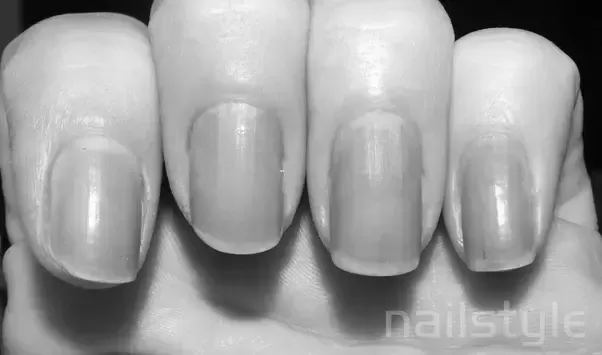Is Nail Polish Bad For Nails?
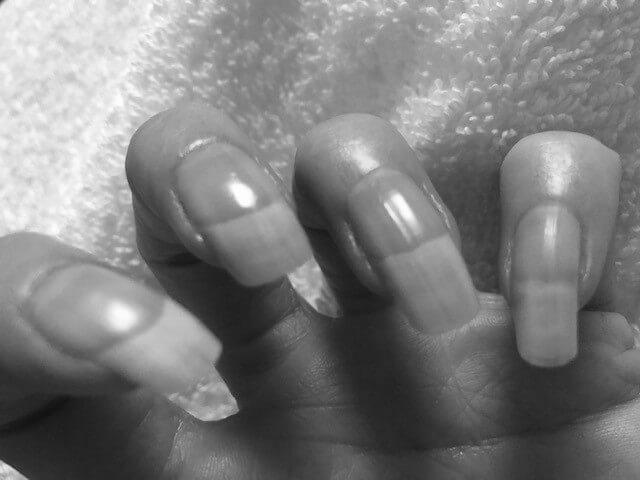
You’ve probably asked yourself, “Is nail polish bad for your nails?” After all, many people are concerned about the ingredients. Toluene, Formaldehyde, DBP, and TPHP are all listed as harmful to the body and linked to congenital disabilities, cancer, and lung diseases. Moreover, a study by Duke University and the Environmental Working Group linked triphenyl phosphate to early puberty, obesity, and even obesity.
Toluene
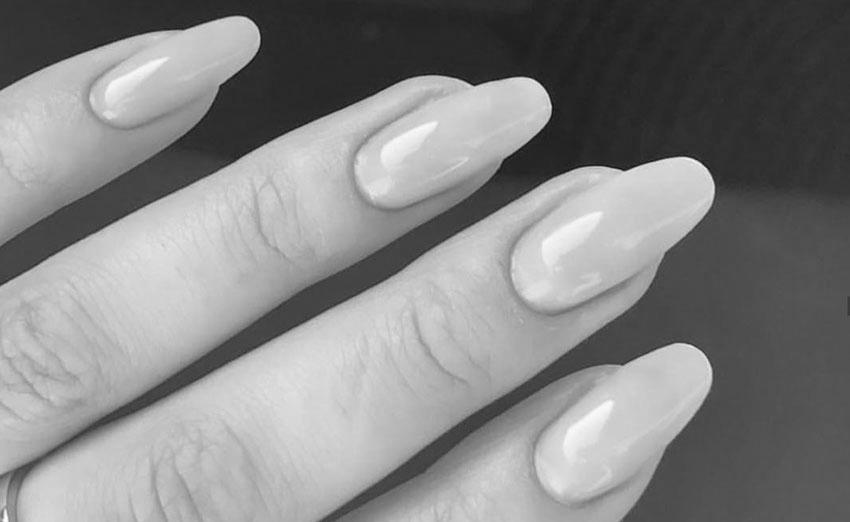
The toxic substance Toluene is found in some nail polishes. The chemical is known to be detrimental to the health of both people and their nails. In 2007, deputy attorney general Ed Weil announced that Toluene is a problem for consumers and nail technicians. A group of professional nail polish manufacturers submitted a study to determine how much Toluene a woman’s nail polish may contain.
The toxicity of Toluene in nail polish is a severe concern, and DTSC initiated a rulemaking process to list this chemical as a priority product. Toluene is a clear, flammable, volatile liquid used in many nail products as a solvent. It has several health hazards and is currently listed on nine of 23 authoritative lists of Candidate Chemicals.
The adverse health effects of Toluene are significant to pregnant nail technicians. In addition, babies born to nail technicians are often exposed to toluene-containing nail products. Because of physiological differences, children and infants are more vulnerable to the chemical than adults. Therefore, nail salons must educate their employees about the dangers of Toluene. Solely educating employees is essential, but there’s more.
The presence of formaldehyde in nail polish is also a concern. This chemical can cause problems for humans by irritants to the skin, lungs, and reproductive system. Further, formaldehyde is found to have a reproductive effect in mice and is known to be a carcinogen. Toluene is also known to be toxic to the nervous system.
Formaldehyde
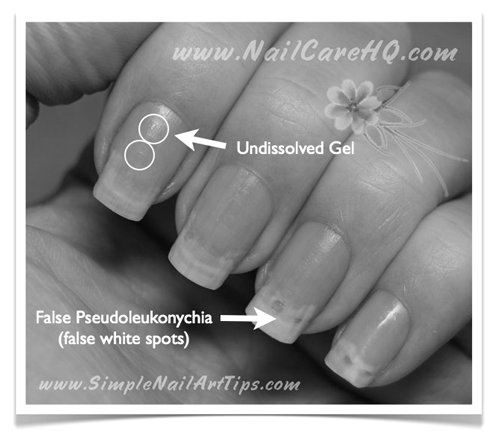
If you’ve ever wondered if formaldehyde in nail polish is harmful, you’re not alone. This colorless, flammable gas is standard in beauty products. You’ve probably encountered it in nail polish, eyelash glue, hair gel, shampoos, deodorants, and even nail hardeners. But what is formaldehyde, and why is it wrong for our nails?
In addition to being bad for your nails, formaldehyde has been linked to several chronic health issues, including throat, nose, and blood cancer. People who work in nail salons are at particular risk for chronic health issues from this substance. Exposure to it can also cause nausea, convulsions, and even miscarriage. Those who are pregnant or breastfeeding can experience abnormal fetal development after repeated exposure. This compound is so harmful that it has been banned in Sweden and Japan.
To avoid formaldehyde, look for nail polish with only 0.2% formaldehyde. Despite the many risks, it’s the most common ingredient in nail polish. You can find a nail salon that uses a 3-free or 5-free formula. This way, you can be sure you’re getting the most natural and safe version of your nails.
The FDA regulates nail polish products once they’re on the market. Companies that fail to abide by these regulations can face criminal charges. Xylene is a solvent and can irritate the skin, nose, and throat. High doses have been linked to death. Further, these chemicals can wear down human nails and allow toxins into the body. The FDA has banned nail polish and the use of nail products that contain formaldehyde.
DBP
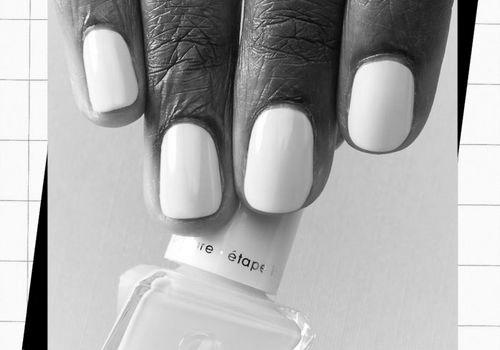
You’ve probably heard of toxic ingredients in nail polish, such as Toluene, which is fading from most products. However, you might not be aware that the chemical can cause reproductive defects in females and even lead to early death in the event of a pregnancy. Nail polishes also contain phthalates, a family of chemicals used to prevent cracking. Phthalates are suspected of disrupting the endocrine system and causing reproductive problems. Some studies have also indicated that nail polish containing phthalates may cause contact dermatitis.
The Environmental Working Group has compiled a consumer database, including nail polish ingredients. You can use this to check which polishes contain harmful components. To do this, you should read the labels of the classes you’re planning to purchase. If the ingredients aren’t listed, choose a non-toxic nail polish instead. It is good to check for toxins on the label of all of your nail polishes. You’ll be happier with the result.
While wearing nail polish doesn’t necessarily harm your nails, it can cause your nails to break or become discolored over time. Nail polish is designed to protect the living cells in the nail matrix, which are supplied with blood-enriched oxygen. While nail polish won’t harm your nails directly, it can cause them to break, dry, and become dehydrated. It makes it hard for the nail to grow out fully and is a major cause of breakage and weakening.
However, gel polish does have adverse effects on natural nails with acetone, which involves aggressive scraping and buffing. Wearing gel polish for a long time can cause brittleness. And because it’s hard on your natural nail, it’s essential to seek professional advice if you’re worried about the chemical in nail polish. The chemical can also lead to a rash.
TPHP
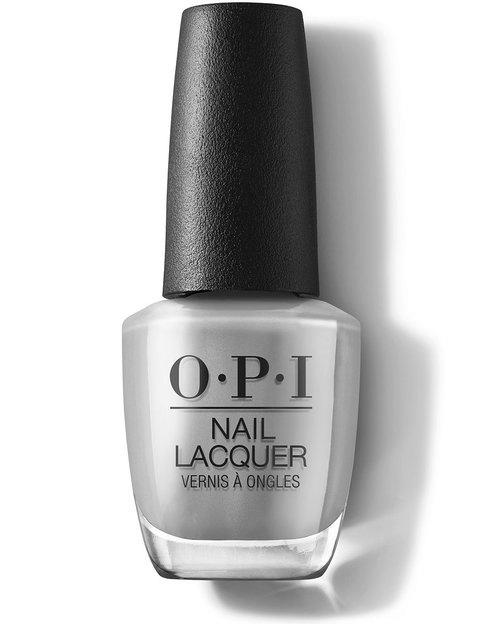
TPHP is a toxic chemical used in plastics and nail polish. The chemical is suspected of disrupting hormones, affecting fertility and development. Although scientists have not found conclusive evidence that TPHP is harmful to humans, many studies have shown that it may affect reproduction and lipid metabolism in animals. In addition, there have been links between TPHP and decreased sperm counts. Although not conclusive, epidemiological studies have indicated a link between TPHP and reduced sperm counts.
TPHP is found in low concentrations in our urine, but putting it on our nails will have no positive effects on our health. Researchers measured the amount of TPHP in three polishes without TPHP ingredients. Then they measured the concentrations in two of the polishes with TPHP ingredient levels of 0.49% and 0.61%, respectively. After 72 hours, urine samples were collected.
TPHP is also found in over 3,000 different nail polish products. There is controversy surrounding its effects, but the EWG warns that TPHP may disrupt hormone levels and cause humans congenital disabilities and fertility imbalances. The chemical has been used for decades in nail polish, but recent studies have revealed a known endocrine disruptor. Regardless of its adverse effects, it is found in more than 1,500 nail polishes.
The EWG study of 26 women found that women who applied TPHP-containing nail polish had higher TPHP levels in their urine than women who did not. It may be attributed to dermal absorption, but it could also be due to inhalation. Despite this, these results are not conclusive. Moreover, it’s difficult to know if TPHP is bad for nails. But the risk of exposure is minimal, even if you use nail polish often.
Xylene
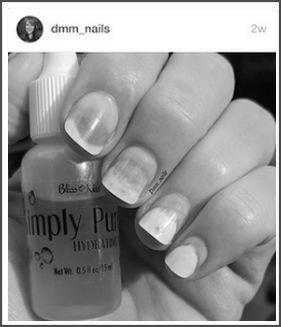
The common solvent xylene is found in many nail polishes. It prevents the pigments from separating in the bottle and helps the polish’s overall finish remain smooth. Unfortunately, the chemical is also a carcinogen. Studies have found that Xylene is harmful to your nails, respiratory system, and kidneys. You may even develop an allergic reaction to the chemical.
Toluene is another common toxic ingredient found in nail polish. It is a colorless, water-insoluble liquid known to cause neurological damage. Exposure to it is dangerous for children and can cause congenital disabilities in adults. While it’s not illegal in the U.S., it’s still hazardous for the health of nail salon employees, and you should only apply it on your nails in an area with good ventilation.
Xylene in nail polish is bad news for the environment. The chemical is hazardous to your eyes, respiratory system, and skin. It can cause dizziness, headaches, and even liver and kidney damage. While low levels of Xylene don’t cause immediate harm, they can cause severe effects if you are exposed to high doses. Toluene in nail polish isn’t only bad for your nails – it’s terrible for your health.
The use of nail polish is an essential part of a woman’s self-esteem. Many women feel self-conscious about their nails, and a great manicure will make them feel confident in their appearance. However, this might not be the case for everyone. You can avoid Xylene by avoiding nail polish altogether and choosing a non-toxic brand. The non-toxic nail polishes are free from potentially harmful chemicals.
What Happens If You Leave Gel Nails on For Too Long?
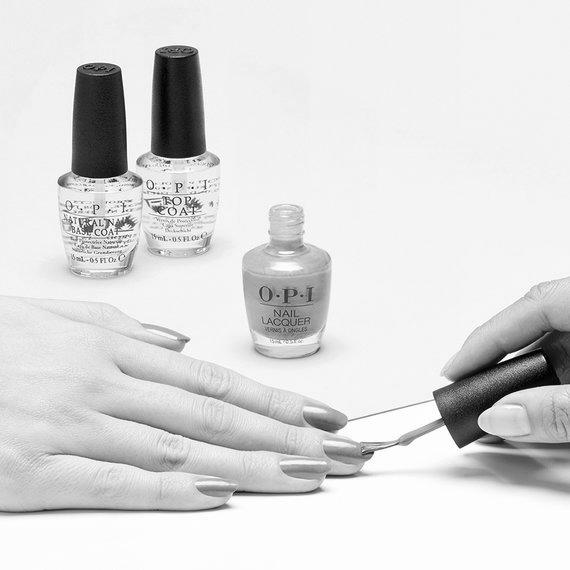
Did you know that leaving gel nails on for too long can damage your nails? If not, read this article to learn about the risks involved. You may end up with peeling, brittleness, and infection. Here are some signs you should watch. If you leave gel nails on for too long, they may even chip and become infected. Don’t let them ruin your self-esteem.
Leaving gel nails on too long can damage your nails.
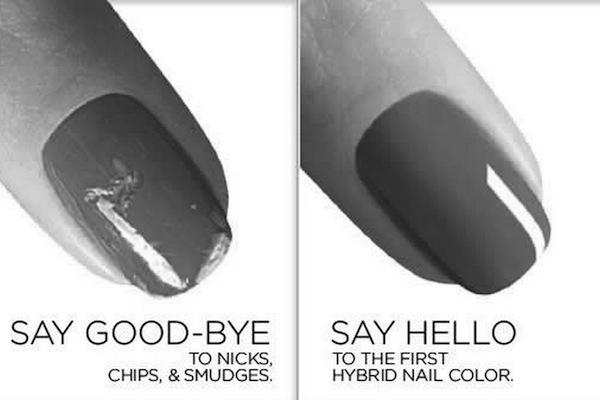
It’s essential to remove your gel nails properly to prevent any damage. The application process includes buffing the nails with a nail file. If you’re not sure how to remove your gel nails, it’s best to consult a professional to ensure proper removal. The electric files used for nail removal can damage your nails and can take up to nine months to recover. You should also avoid using nail polish remover and topcoats for two weeks after removing your gel nails.
Another common mistake people make is picking off the color when it lifts. However, water will seep into the nail and may harbor bacteria or fungus if you do this. Also, if you try to peel off the pin, you may damage the nail layer beneath. This damage can take up to six months to heal. To avoid this, moisturize your nails after the application process. If you leave gel nails on for too long, they may lift off and discolor, leading to infection. In addition, picking off your gel nails can cause the growth of bacteria and fungus. Leaving gel nails on too long can also lead to anemia, so make sure to get enough iron before you start applying them.
Fungal infections can be a severe problem. Fungi prefer warm, moist environments and can multiply in nails. Taking preventative measures will significantly reduce your chances of developing these infections. Aside from proper prevention, it’s also essential to follow the correct maintenance routine after getting your manicure. After a week or two, it’s necessary to apply nail oil to keep your nails looking healthy. You can buy a handy bottle of Nails inc Superfood Repair Oil. This product is a fantastic option because it penetrates the gel coating and keeps the surrounding skin healthy.
Infection
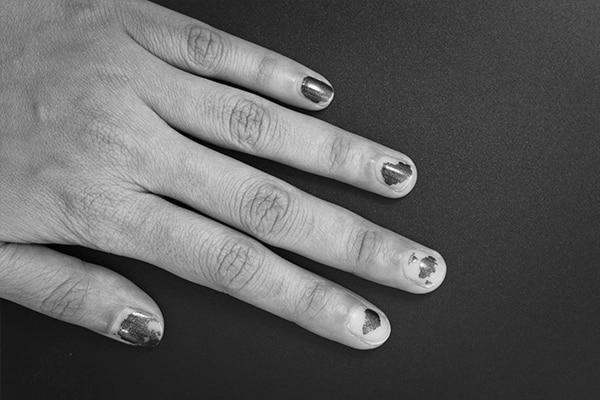
You might be wondering if it’s possible to remove gel nails at home. Although you can do it yourself, professionals advise you to avoid this. The gel sits right on the nail plate, restricting it for a prolonged period. Also, traditional polish, topcoat, and nail polish remover can damage healthy nails. Keeping your nails clean and moisturized is essential to keep your nails looking great for as long as possible.
You may be tempted to pick the color when the polish lifts off. But, this is a bad idea because water seeps into the nail during the peeling process and can harbor fungus or bacteria. If you try to peel off the gel polish, you will damage the nail layers underneath, making it harder to repair and even leading to infection. And, you’ll likely have to wait up to six months for the nails to grow back.
Leaving the gel on too long can also lead to an infection—the polish blocks the nails’ ability to transfer oxygen to the surrounding tissues. The condition can result from this. It’s essential to check your nails every two weeks to ensure you don’t have a fungal infection or an infection. The best way to do this is to examine your nails regularly. Your doctor can prescribe oral antifungal medication, which you can use for several months to clear up the problem.
Peeling
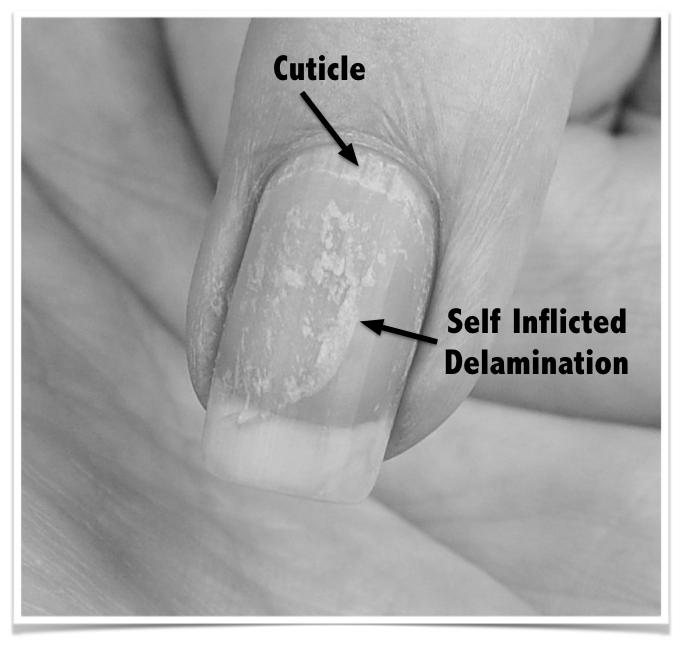
Leaving gel nails on for too long can lead to peeling. The pin expands or contracts when the water evaporates, and the polish begins to slide off the nails. To avoid this problem, dry your nails thoroughly before applying the gel polish. For added dryness, you can use a hairdryer. However, be sure to avoid over-drying your nails and do not wash the particles off.
Damaged nails can also lead to peeling. If you do not apply a topcoat properly, your gel polish may not bond well to the damaged nail. If this occurs, you should call your nail salon and have it fixed. If you do not call, you might have damaged your pin and have to spend money on a new set. Peeling is a common problem for gel nails and can be a huge setback if you do not maintain your appointments regularly. Peeling can be a sign of other issues and should be dealt with by your salon immediately.
Another problem with leaving gel nails on too long is picking them off. Picking them off can cause severe damage to your nails. You might feel tempted to take off the gel polish as soon as you notice that it has lifted. However, it would help if you avoided this practice as it will weaken your nails and take longer to repair. In addition, picking off your gel polish will also cause water to seep into the nail and cause fungus and bacteria. This damage can take up to six months to completely repair.
Brittleness
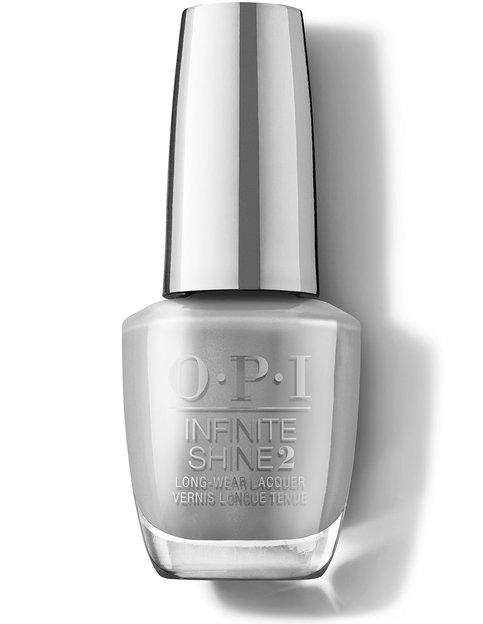
The chemicals in gel nail polish and the acetone soak used to remove the polish can cause brittleness and other cosmetic issues in your nails. The UV light used to cure the gel is also a risk factor for skin cancer, and the UV light can cause cosmetic changes to the skin around your nail. Additionally, the gel can mask problems beneath your nails, delaying diagnosis and treatment. To avoid any issues, you should carefully follow the following tips for taking care of your nails after a gel manicure:
The first step to keeping your nails healthy is to keep them moisturized. Taking a vitamin or supplement can help prevent nail brittleness by replenishing your nails’ lost moisture and protein. Biotin is a B vitamin widely recognized as a hair and nail strengthener. Research has shown that taking 2.5 mg of biotin daily improved nail strength and decreased brittleness in healthy subjects. If you have problems removing the gel, consider a professional removal.
Another way to prevent brittleness is to hydrate your nails after a gel manicure. If you don’t have a professional remover, apply petroleum jelly to your nails daily to avoid dry skin and cracks. Brittle nails can be caused by over-extending your gel manicure, weakening them, and introducing potentially harmful bacteria. Moisture can also get under the gel and drive bacterial growth.
Dryness
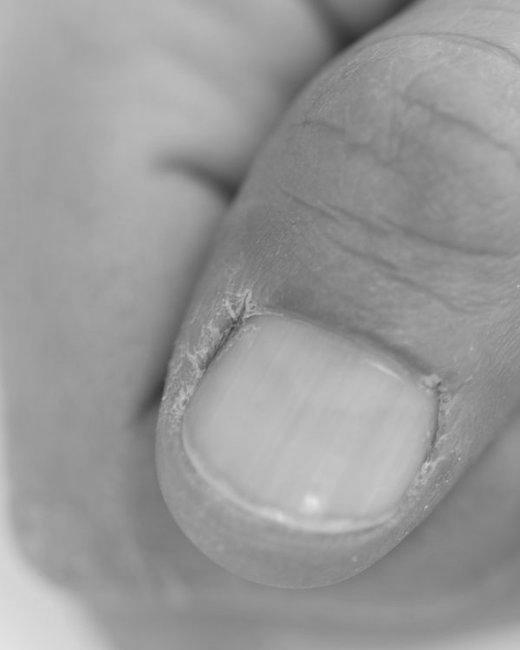
When caring for gel nails, one of the most important things to remember is not to leave them on for too long. If you leave your gel manicure on too long, you may have a peeling or cracked finish. If this happens, you should take care of the problem by removing the gel manicure as soon as possible. Here are some helpful tips to get your nails looking their best!
First, break your gel manicure every eight weeks. Breaking the gel polish helps the nails rehydrate and repair underlying structures. After that, apply cuticle oil or emollients. You can also remove your gel manicure with a plant-based acetone remover. Varnish Lane founder Lauren Dunne suggests using a nail-removal product or hiring a professional to do the job.
Another reason to stop wearing your gel manicure is to keep your hands clean. When you use nail polish remover, you will need to be careful not to pick at the nail, as you may accidentally pull off layers of the nail. Picking at your nails could damage them and make them more prone to breakage and wear. You should also avoid picking at your nails because this may cause chipping and damage.
Another important reason to stop leaving your gel manicure on is that the gel is not biodegradable. The gel will begin to chip if you keep your hands wet and don’t moisturize them properly. To avoid this problem, you should change your manicure after three weeks. A gel manicure with chipped gel could potentially cause fungus or bacteria growth. It is essential to keep your nails dry and free of debris to prevent the formation of fungi and bacteria.
Damage to your cuticles
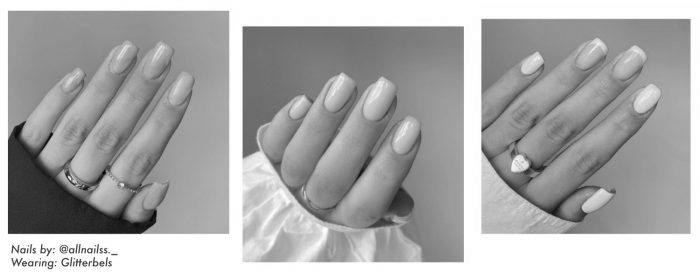
Leaving a gel manicure on too long can damage your cuticles. Gel nails can be removed by buffing them off with a nail file. Using an electric file or drill to remove gel polish can cause trauma to the nail, and it may take up to nine months for your nails to heal. You should consult a pin professional to perform the procedure. Otherwise, you may risk damaging your cuticles.
Once you remove your gel nails, it’s essential to moisturize your hands afterward. You can use cuticle oil after removing the gel, which will help restore the health of your nails. You can also massage cuticle oil into your hands and cuticles to prevent damage and promote healing. Some popular cuticle creams are OPI Avoplex Cuticle Oil to Go, Sally Hansen VitaSurge Cuticle Gel, and Julep Mighty Nail & Serum.
Leaving gel nails on too long is risky. In some cases, the soaking time is so long that the product doesn’t fully dissolve. However, most of the damage is avoidable. If you’re worried about the safety of UV light, check with a nail technician and wear a protective sleeve or towel. It’s also good to ask for a UVA-blocking sleeve, which protects your cuticles from the harsh chemicals that can damage your nail.
